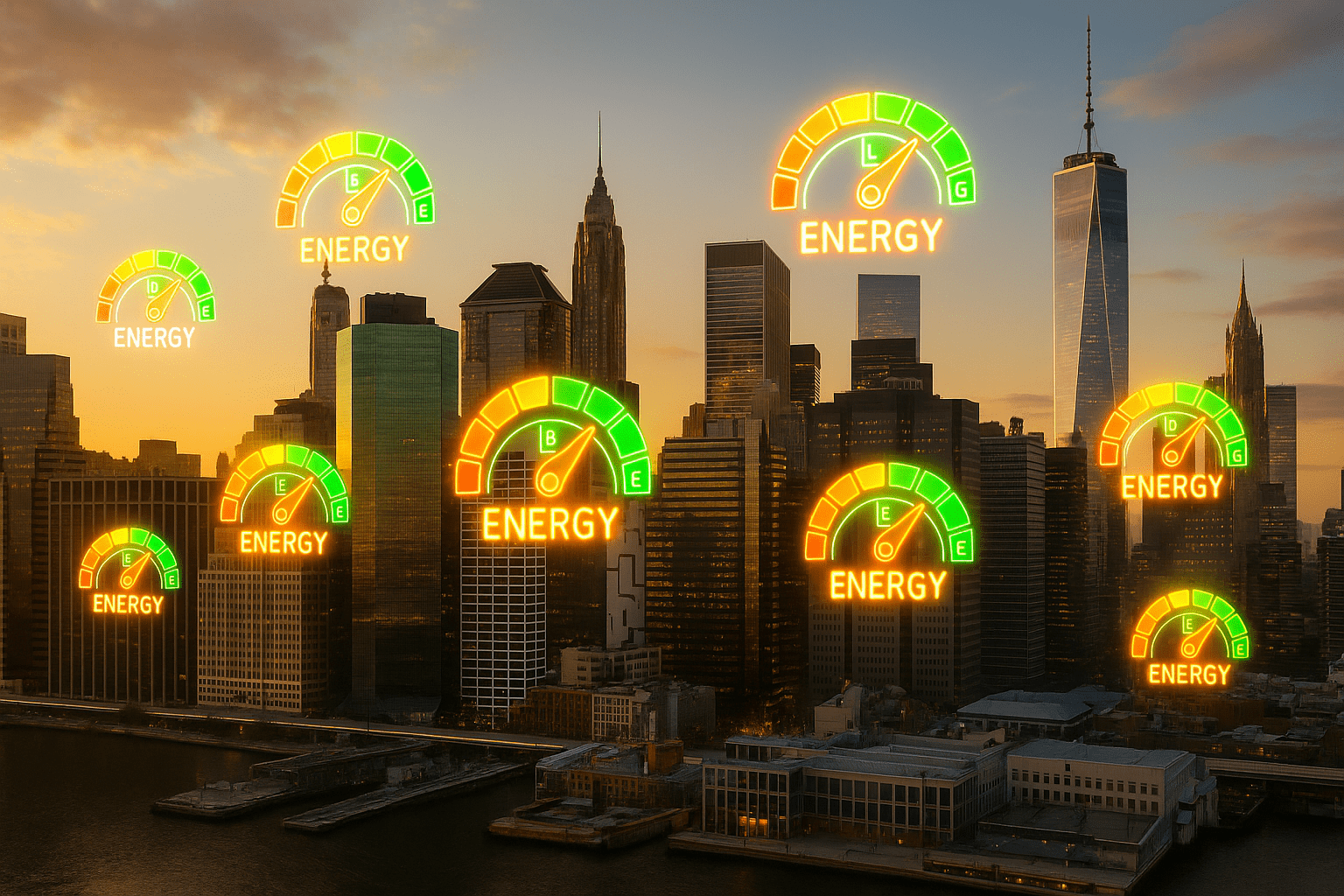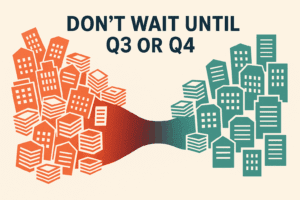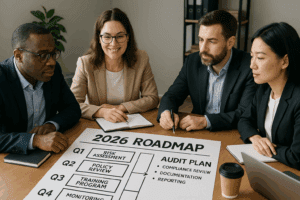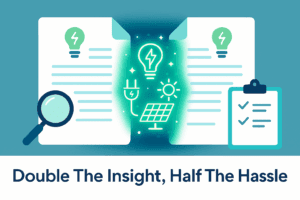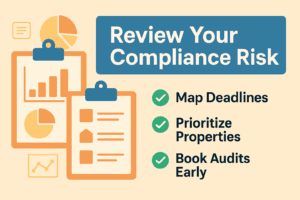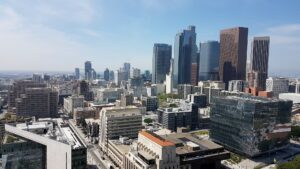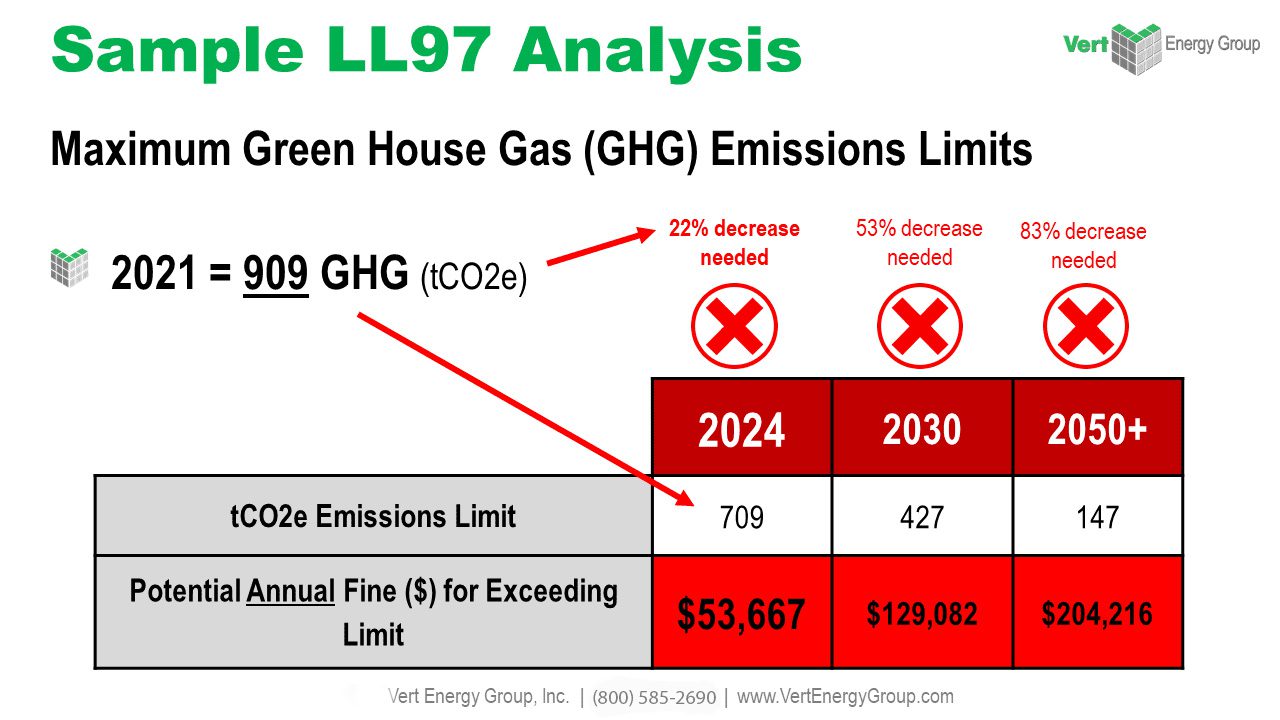The smartest NYC property managers and owners are already preparing for the 2026 reporting rush. With NYC building energy ordinances like LL84 benchmarking deadlines approaching and LL97 emissions compliance tightening, now is the time to act. Shockingly, an estimated 11% of buildings required to comply in the first 2024–2029 period are projected to exceed emission limits, and that jumps to 63% by 2030. Plus, missing a Local Law 84 benchmark filing can cost $500 per quarter, up to $2,000 annually. Getting ahead means fewer penalties, smoother filings, and stronger long-term performance.
This guide will walk you through an early-action plan to avoid LL84 and LL97 penalty issues before they arise. For buildings over the 25,000 sq ft threshold, LL97 surcharges are particularly steep: you’ll owe $268 per excess ton of CO₂. In practical terms, a large commercial building emitting just 50 tons over its limit could face $13,400 in annual fines—and much more if multiple tons accumulate. Whether you manage one structure or a whole NYC property portfolio, using our NYC benchmarking checklist 2026 and understanding how to comply with LL84 and LL97 NYC will protect your bottom line.
How to Comply with LL84 and LL97 in NYC: What Property Owners Need to Know
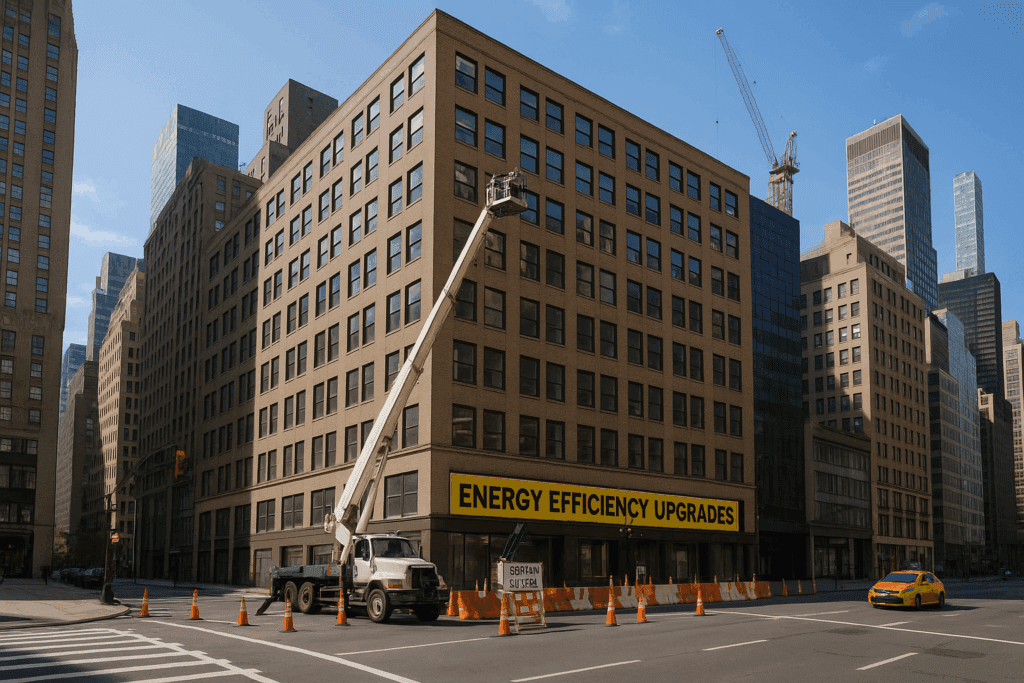
New York City’s energy laws are layered, and the stakes are high. Local Law 84 (LL84) mandates annual benchmarking of energy and water usage for buildings over 25,000 sq ft. Meanwhile, Local Law 97 (LL97) sets greenhouse gas emissions limits starting in 2024, tightening through 2030 and beyond.
Failure to file LL84 on time triggers fines of $500 per quarter—easy to rack up if you manage multiple properties. LL97 violations, however, are more severe. The fine is $268 per excess ton of CO₂ per year. A building just 50 tons over the limit can face $13,400 in penalties annually.
Key Risks:
- Late LL84 filings = $2,000/year per building
- LL97 overages = $268/ton of CO₂, compounding annually
- Escalating emissions limits = 63% of buildings non-compliant by 2030
The takeaway: Compliance is no longer optional—it’s financially urgent.
Step-by-Step 2026 Benchmarking Prep Plan
To avoid penalties and reduce stress, follow this early-action plan designed for NYC commercial property owners and managers.
1. Confirm Building Coverage and Exemptions
Start with verifying whether each building in your portfolio meets the 25,000 sq ft threshold. Also, review any exemptions under LL97 based on occupancy type, ownership (e.g., city-owned), or use profile.
Checklist:
- Review DOF property records for building size
- Cross-reference occupancy and energy use category
- Validate reporting requirements under both LL84 and LL97
Even one misclassification can cost thousands.
2. Collect and Organize Utility Data Early
Energy and water usage must be benchmarked via Portfolio Manager. Data collection is where many teams fall behind.
Best practices:
- Request utility data from providers no later than Q1
- Set up automatic uploads to Portfolio Manager where possible
- Verify accuracy monthly to avoid year-end discrepancies
Tip: Data errors in March lead to missed May 1 LL84 deadlines.
3. Conduct Preliminary LL97 Emissions Assessment
While LL84 focuses on usage reporting, LL97 is emissions enforcement. Do a carbon emissions audit now to project 2026 compliance risk.
Evaluate:
- Your building’s annual emissions against 2026 caps
- Major sources of emissions (e.g., heating systems, cooling load)
- Opportunities for short-term reductions (e.g., LED retrofits, controls)
Knowing your overage estimate early gives you time to correct it before fines stack up.
4. Benchmark Against 2024–2025 Data
Leverage existing benchmarking submissions to identify performance trends. This helps predict where you’ll stand in 2026.
Key metrics to track:
- Energy Use Intensity (EUI) trends
- Total GHG emissions by year
- High-consumption tenants or systems
Use the data to prioritize buildings needing upgrades or behavior changes.
5. Plan Capital Improvements Strategically
If you’re on track to exceed emissions caps, fast-tracking upgrades in 2025 can offset fines in 2026.
Consider:
- High-impact retrofits like boiler replacements or BMS integration
- Envelope improvements to reduce HVAC loads
- Renewable energy offsets where appropriate
Pro tip: Many NYC incentive programs can reduce upfront capital costs. Waiting could mean losing out.
Common Mistakes to Avoid
Even experienced property managers make costly benchmarking errors. Here’s what to sidestep:
- Assuming LL84 equals LL97 compliance
LL84 is just data reporting. LL97 is performance-based. Filing one doesn’t protect against penalties from the other. - Relying on old data assumptions
Don’t use 2020–2023 data to predict 2026 compliance. Weather, tenant use, and utility changes matter. - Delaying professional assessments
Waiting until late 2025 to bring in a consultant may be too late to fix major issues. - Ignoring building system-level inefficiencies
Benchmarking alone won’t reveal system-level waste. A full audit might.
Tools and Resources for Smarter Benchmarking
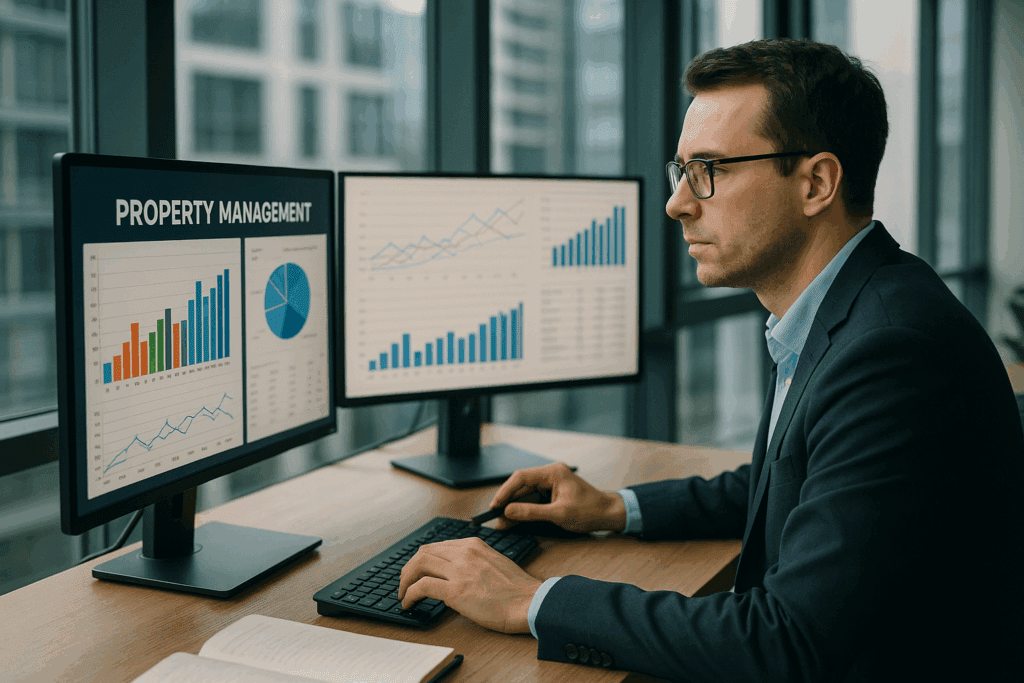
There are platforms and services tailored for NYC compliance. The key is using the right ones early.
Top tools to consider:
- EPA Portfolio Manager for benchmarking compliance
- LL97 Carbon Emissions Calculator to project overages
- NYC Accelerator for support with building retrofits
- Local consultants for custom audits and filing
These resources can streamline reporting, identify issues early, and reduce penalty exposure.
When to Bring in the Experts
If managing utility data, emissions tracking, and capital improvements sounds overwhelming, it often is. That’s why early engagement with a benchmarking expert is vital.
Engage a consultant if:
- You manage more than one building
- Your 2024 or 2025 filings were late or flagged
- You lack internal energy management resources
- You’ve had tenant turnover or use changes since your last filing
Bringing in expert help before Q1 2026 gives you a long runway for compliance. Many fixes take time and require permits or board approvals.
Take Action Before the Clock Runs Out
New York City’s 2026 energy reporting deadlines aren’t as far off as they seem. This guide showed how LL84 and LL97 work together, what penalties to avoid, and how a proactive plan can protect your bottom line. You learned how to confirm coverage, organize utility data, assess emissions risks, and prioritize capital upgrades—all before deadlines sneak up.
But planning is only half the battle. Execution takes time, coordination, and often expert help. Don’t wait until Q1 2026 to start scrambling. Sign up now for a free consultation session with our NYC energy benchmarking expert. Avoid LL84 and LL97 penalties—get compliant now and stay ahead of NYC’s 2026 deadlines.
VertPro.com offers tools and services to help property owners and managers improve building energy efficiency and meet regulatory standards. Whether you’re looking for instant pricing on energy audits, need support with benchmark compliance, or want to explore available building upgrade options, VertPro® provides user-friendly technology solutions to simplify the process. Their platform helps ensure adherence to over 60 Energy Benchmarking and Efficiency Laws across the country.
